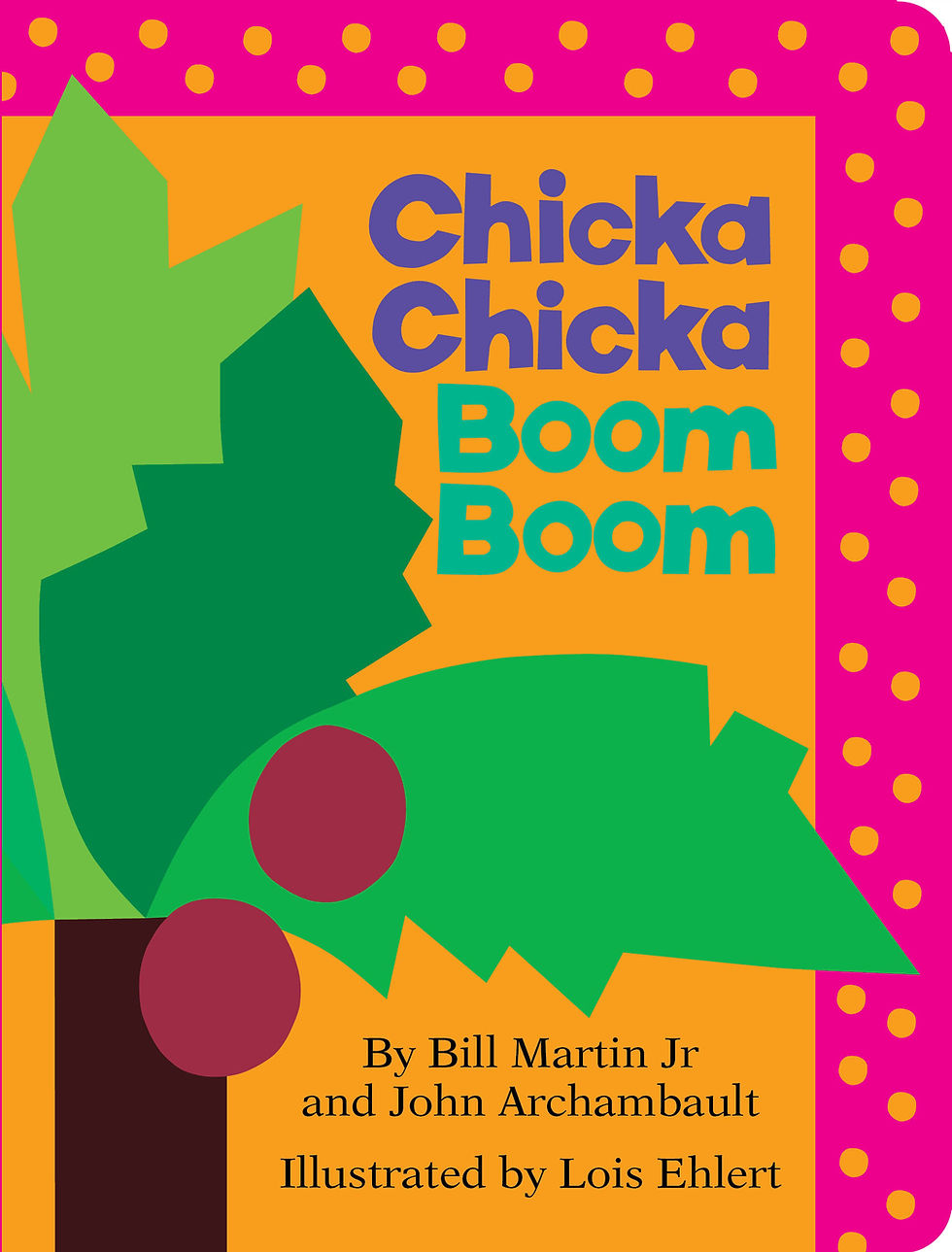The Magic of Repetition and Rhyme in Early Learning
- Nerida K
- Jul 10
- 4 min read

The simplest stories, songs, and rhymes can have a powerful impact on a child’s learning journey. Two of the most important ingredients in early literacy are repetition and rhyme, and there are good reasons why.
Young children’s brains are naturally drawn to patterns, rhythms, and repetition. Long before they are able to read words on a page, children build early literacy by listening to the sounds, shapes, and patterns of language. Hearing the same words, phrases, or stories again and again helps children strengthen their memory, deepen their understanding, and grow in confidence. It allows them to predict what comes next, which builds a sense of mastery and creates joy in learning.
Rhyme also plays an important role in helping children develop phonological awareness, which is the ability to hear and play with the sounds in words. This is a crucial stepping stone for learning to read. Through rhymes, children begin to:
Recognize patterns in words
Notice the beginning and ending sounds of words
Strengthen their listening and concentration skills
When children hear familiar rhymes or repeated phrases, they are more likely to join in, chant along, and eventually retell the story on their own, even before they can read any words. This builds not only language skills but also confidence, curiosity, and a lifelong love of books.
To help you bring the power of repetition and rhyme into your own home or classroom, two of our facilitators, Beibei and Victoria, are sharing their favourite book picks along with simple tips you can use to support early literacy.
Beibei’s Pick: Brown Bear, Brown Bear, What Do You See? by Bill Martin Jr. & Eric Carle

One of Beibei’s favourite children’s books is the much-loved classic Brown Bear, Brown Bear, What Do You See? by Bill Martin Jr. and illustrated by Eric Carle.
With its repetitive sentence structure, colourful animal illustrations, and rhythmic flow, this book offers many opportunities for playful learning and connection between parents and children.
Beibei uses this book regularly in her family literacy programs and suggests the following simple, fun ways families can bring it to life at home to support language development and early literacy:
1. Flip and Name
For younger children who may not sit through the full story, let them flip through the pages at their own pace. Parents and caregivers can name each animal, talk about the colours, and make animal sounds together. This keeps the experience interactive and enjoyable.
2. Take Turns Reading
The repetitive pattern of the story makes it easy to turn into a fun call-and-response activity. One person reads, “Brown Bear, Brown Bear, what do you see?” and the other replies, “I see a red bird looking at me.” Over time, children often memorize the story and can take on more of the reading themselves, even before they are able to read the printed words.
3. Sing the Story
Singing the story to a simple tune can make it even more engaging and easier to remember. Parents and children can sing together, taking turns or joining in as a group. A sing-along version is available here: Brown Bear, Brown Bear Song.
4. Link to Familiar Songs
The animals in the book are perfect for inspiring other well-loved songs like Old MacDonald Had a Farm, giving families another way to build language through music and play.
5. Explore Activities
Free printable activities based on the book are available on the Eric Carle website. Families can use these for crafts, storytelling, and games that build on the book’s playful theme.
Victoria’s Pick: Chicka Chicka Boom Boom by Bill Martin Jr. & John Archambault, illustrated by Lois Ehlert

One of Victoria’s favourite books to use in family literacy programs is Chicka Chicka Boom Boom, a playful, rhythmic story that captures children’s imaginations while building early literacy skills.
The book’s lively rhyme, rhythm, and repetition help children develop phonemic awareness—the ability to hear and play with the sounds of words. This skill is essential for learning to read. As the colourful letters of the alphabet climb up the coconut tree, children are naturally drawn into the fun of predicting what comes next, joining in with the repetitive chant, and exploring the sounds of language.
Here are some simple ways families can bring the story to life:
Active participation: Children quickly start to chant along with the familiar refrain: “Chicka Chicka Boom Boom! Will there be enough room?”
Letter recognition: The bold, playful illustrations help children learn and name letters.
Movement and play: Families can create letter trees, act out the climbing letters, or clap along to the rhythm to make the story interactive and fun.

Books like Brown Bear, Brown Bear, What Do You See? and Chicka Chicka Boom Boom remind us that learning doesn’t have to be complicated to be meaningful. Simple stories with rhythm, rhyme, and repetition can spark joy, build early literacy skills, and create special moments between children and the adults who care for them.
These books are perfect for use at home with your family, in the classroom, or anywhere you spend time with young children. Whether you read, sing, chant, or act them out, the most important thing is to have fun together. The more children hear language and play with words, the more confident they become.
So go ahead—pick up an old favourite, repeat it, rhyme it, and make it your own. Every playful moment helps build a strong foundation for learning.


















































Comments